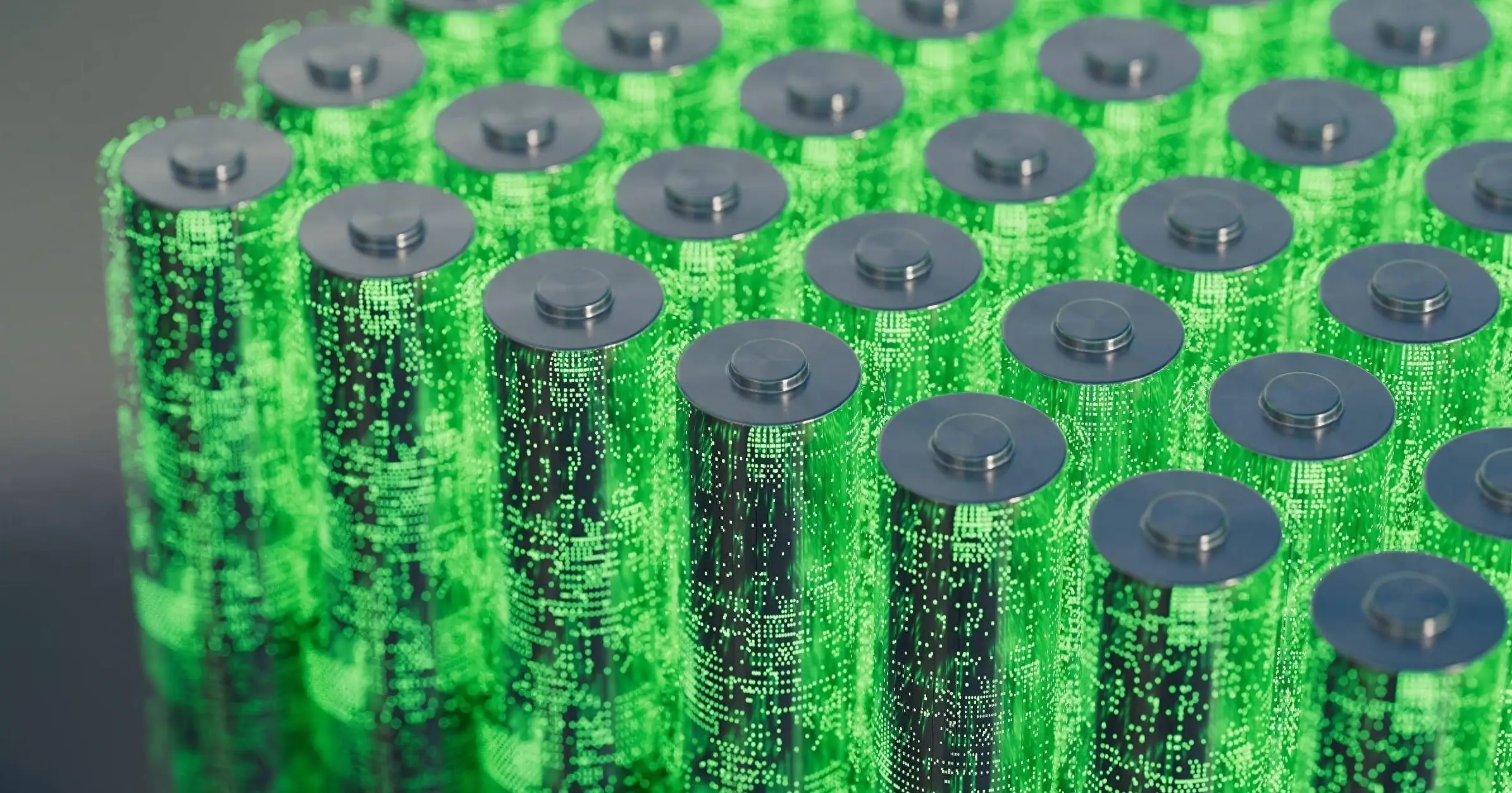 |
Welcome To Evlithium Best Store For Lithium Iron Phosphate (LiFePO4) Battery |
 |

Deep cycle batteries provide sustained power over long durations, unlike starter batteries designed for short, high-energy bursts. They’re essential for applications requiring continuous energy, such as:
Solar energy storage systems
Marine electronics (trolling motors, navigation devices)
RV and off-grid power setups
Electric vehicles (golf carts, forklifts, mobility scooters)
Their ability to discharge up to 100% (for lithium models) without damage makes them ideal for renewable energy, backup power, and mobile applications.
Starter Batteries:
Deliver quick bursts of energy (e.g., starting engines).
Avoid discharging below 80% capacity to prevent damage.
Deep Cycle Batteries:
Built for 50–100% depth of discharge (DoD).
Provide steady power for hours or days.
Dual-Purpose Batteries:
Hybrid design for starting engines and powering accessories (ideal for small boats or RVs).
Flooded Lead-Acid (FLA):
Pros: Affordable upfront cost.
Cons: High maintenance (water refills, ventilation), heavy, shorter lifespan (200–500 cycles).
Best For: Budget users willing to perform regular upkeep.
AGM/Gel (VRLA):
Pros: Maintenance-free, spill-proof, vibration-resistant.
Cons: Higher cost, shorter lifespan than lithium (500–800 cycles).
Best For: Marine, RV, and backup power systems.
Pros:
100% depth of discharge.
2,000–5,000+ cycles (10x lead-acid lifespan).
Lightweight, fast charging, zero maintenance.
Cons: Higher upfront cost.
Best For: Solar energy, high-demand applications, and extreme temperatures.
Solar/Wind Energy: Store renewable energy for off-grid homes.
Marine: Power trolling motors, fish finders, and onboard electronics.
RVs/Campers: Run lights, refrigerators, and appliances off-grid.
Electric Vehicles: Reliable energy for golf carts, scooters, and forklifts.
Capacity Needs:
Calculate total daily energy consumption (in amp-hours) and choose a battery with 20% extra capacity.
Lifespan:
Lithium lasts 10+ years; lead-acid lasts 3–5 years with proper care.
Environment:
Lithium performs better in cold climates (10% capacity loss at 0°C vs. 50% for lead-acid).
Budget:
Lead-acid: Low upfront cost, higher long-term maintenance.
Lithium: Higher initial investment but lower lifetime cost.
Lead-Acid Batteries:
Keep charge above 50% to avoid sulfation.
Clean terminals monthly to prevent corrosion.
Ensure proper ventilation to avoid gas buildup.
Lithium Batteries:
No maintenance required.
Use a compatible charger to prevent overcharging.
Longer Lifespan: 2,000+ cycles vs. 200–500 cycles for lead-acid.
Efficiency: 95%+ energy efficiency (vs. 70–85% for lead-acid).
Weight: Up to 70% lighter than equivalent lead-acid models.
Temperature Resilience: Minimal capacity loss in cold weather.
Can I use a car battery as a deep cycle battery?
No—repeated deep discharges will damage starter batteries.
How long can a deep cycle battery last on a single charge?
Depends on capacity and load (e.g., a 100Ah battery powers a 10A device for ~10 hours at 50% DoD).
Are lithium batteries worth the cost?
Yes for heavy users—long-term savings outweigh upfront costs.
Edit by paco